Day 9
Tested my water today. Here are the results:
Test results on 27/01/2015, approximately 12 hours after addition of fish food.
Ammonia:0ppm
Nitrite:0ppm
Nitrate:0ppm
Phosphate: 10-20ppm
pH:8
kH: 9
Calcium: 620ppm
Yep, ANN zeroed out quickly post-feeding, though phosphates is off-the-charts again. Also excuse the bad picture quality, I had to take the picture quickly since I spilled the nitrites test (hence the liquid towards the top of the picture). >_<"
In hindsight I could probably have just mopped it up first.
Anyways, so this is where the microbe propagation phase has been completed. It means that in conjunction with everything else, there is enough microbe to quickly take care of any organics that is added, at least in terms of ANN.
Anyways, this does mean that it is ready for fish, though not quite for corals.
So I did a huge water change (roughly 90%).
Emptied as much as possible into a 20 litre drum I have.
This is normally my RO drum, but at that moment it was empty, so I used it for the water change.
And then well, I had another filled with saltwater, which I then proceeded to refill the tank with.
Usually one of the drums is for salt water, the other for fresh. Here is displayed a very simple apparatus as well, for water drainage. Bought it off ebay for like $3. Been using it for 3 years.
It is always good to have two containers to do water changes. Nobody is ever the best estimators, and well, at least for me, I can never seem to estimate the amount I am changing out and in right. This ensures that a.) you are changing the same amount and b.) if you happen to not have enough water to add due to miscalculations, that you are not panicking and finding a source of saltwater half-way through a water change.
After the water change, I did test phosphates, because that was what I was most worried about. The result was at 1-2ppm, which made sense, since I did change roughly 90% of the water. Of course this is still high for corals, but for fish that is fine.
And so the plan would be to re-stock the tank the next day.
Day 10
It was raining, though I did have a chance to go to the beach. Of course, I just had to fall down and sprain my tendons in my wrist on the same day.
Came to the beach and managed to spot a single nice piece of red macroalgae (same species as what I already have. It seems like it is rare for this to be washed up on shore though. The picture below shows the amount of macroalgae washed up, and I only found one piece.
Maybe it is rare. Or maybe it is uncommon for it to still have color when it is washed up. Or maybe it doesn't break off as easily as everything else (I doubt it though). Whatever the case, there are so much algae there, but nothing that I definitely want. I may take a picture of a few for IDs, but I really do not want anything else in my aquarium except for this, or other red macroalgae species. Don't even want a chance that something else spreads.
A gem amongst all that.
Of course, I had to fall down (again) and smash it all. :(
Here is what it looks like at home:
Being tiny bits and pieces, I chucked it all in the sump instead of the display. What a shame.
Oh and yes, the bags behind are the fish.
My babies are back! All four of them. I had to board them whilst I was on holidays.
Yes, I am fully aware that the bags are deflated and look like crap. That was the best I could do with just one uninjured hand. But hey, it was a short trip anyways.
Of course, I had to forget the fish food. Will be getting it the next time I come back.
Anyways, I added the fish to the aquarium. My acclimatization is very complicated.
Step 1: Open up bags.
Step 2: Scoop out the fish and put into water.
Okay, I don't recommend this all the time, but the number one rule of the hobby is be flexible. The fish are healthy and happy, and really the more time they are in the bags or not in the tank, the more they would just be more stressed out. In this case it is better to let them in.
Just added. Fish are panicking and stressed.
Literally five minutes later. 'Were we sitting in bags for the last few hours? I didn't even know. I thought we've been here all the time.' says the fish, swimming around happily.
They were breathing heavy initially, but very quickly were back to their active selves. This is very important to note - healthy fish should be active (unless they are specifically supposed to be otherwise). They should not be stuck to a corner, especially up towards the top corners of the aquarium. That is an indication that they are not happy. If they swim around doing stuff, that's great.
Day 11
My view from where I normally sit and work.
Here is the newest view of my aquarium. As you can see, all the fish are towards the front, exploring it. Soon enough there will be corals as well for them to enjoy, but for now it is quite bare.
Interestingly enough, the Regal Tang picked at the macroalgae, eating all the dead bits and pieces (or well, the parts covered in green) leaving just the red behind. So the macroalgae now also looks a lot better.
They are back to their usual antics, digging pits in the sand and all that. :) In fact, they are so active that it is impossible to take any clear picture of them! Oh believe me, I tried. Many, many, many times.
JUST A WARNING!
By the way, one big thing that I should mention. Whenever you read tank journals, such as mine for example, be aware of everything before copying what I do, as although I - and practically anyone else - would strive to provide heaps of information in tank journals, tank journals are just that - journals, and the information is whatever we like to provide.
For example here, please do not think that you can keep a Regal Tang in this size tank forever. Regal Tangs grow very large, and in this aquarium it is a temporary resident. I am either getting a bigger tank for it, or will move it on when it grows bigger, maybe in as short of a time period as a few months. A few weeks even, if it grows bigger that fast.
This could have been something I keep in my head rather than writing it out, so with anything, make sure you understand why such things work before attempting it.
Cheers!
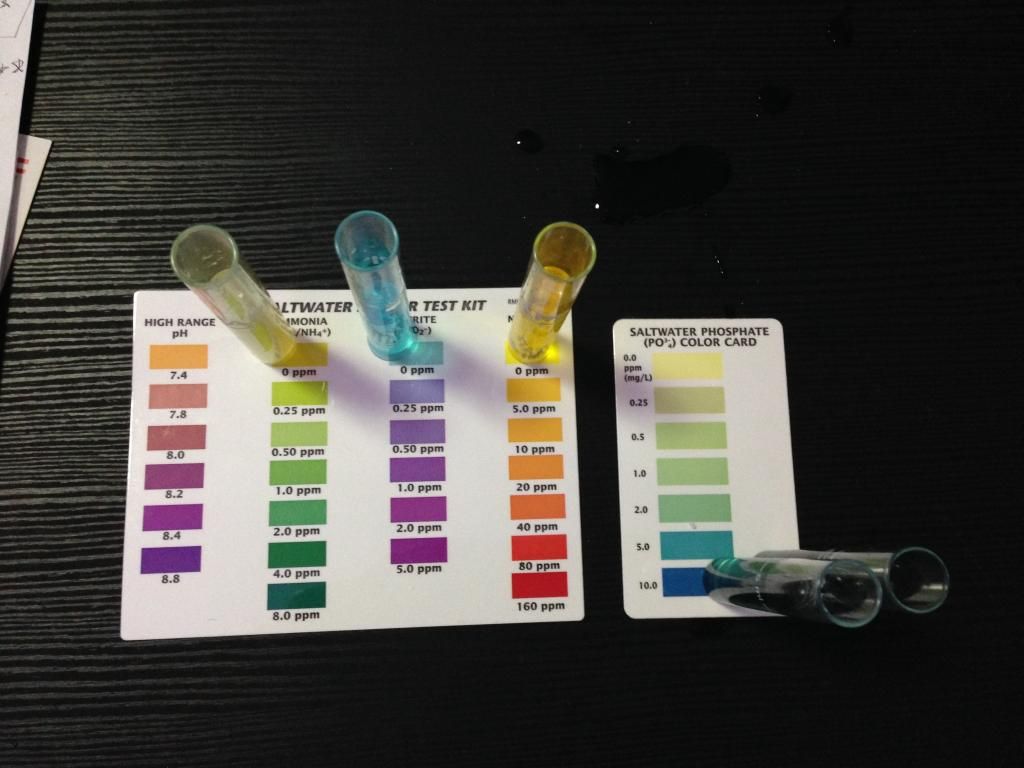
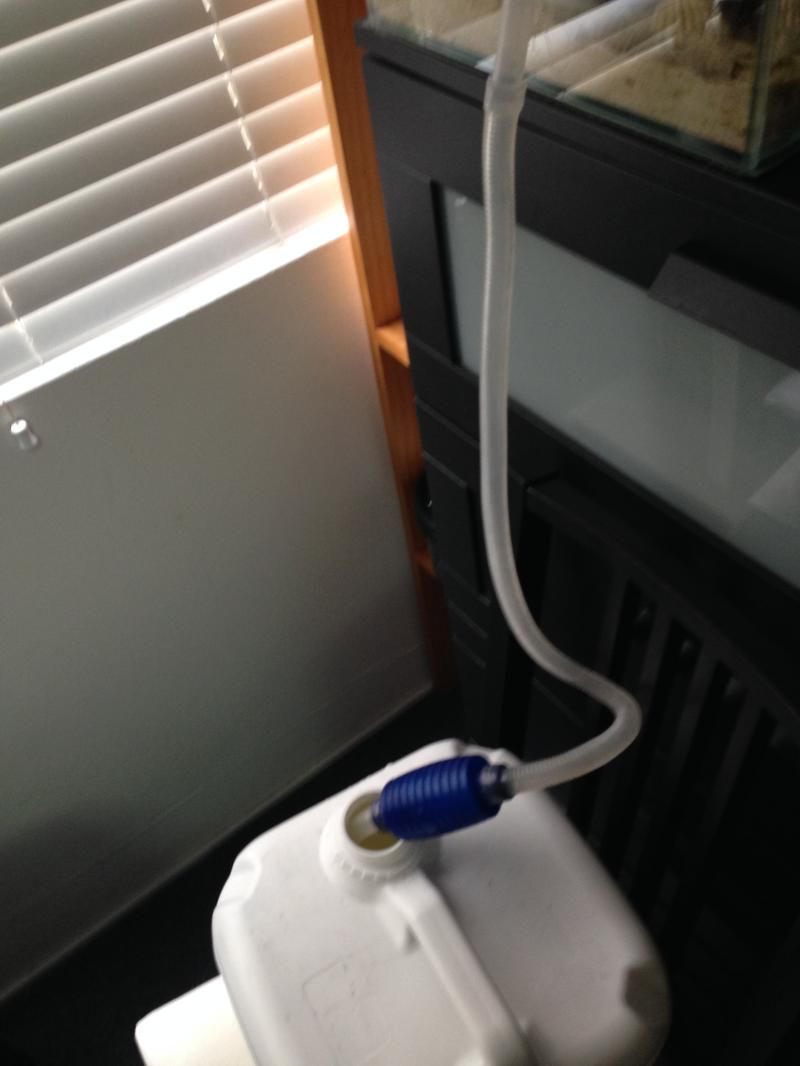
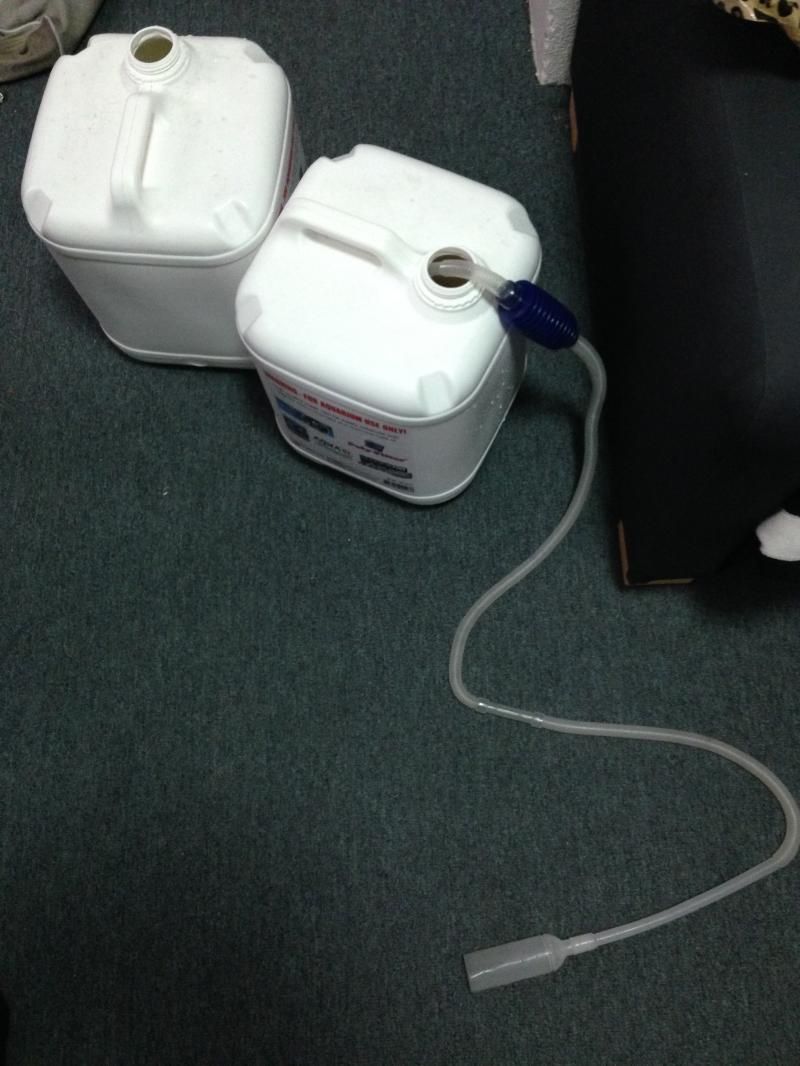
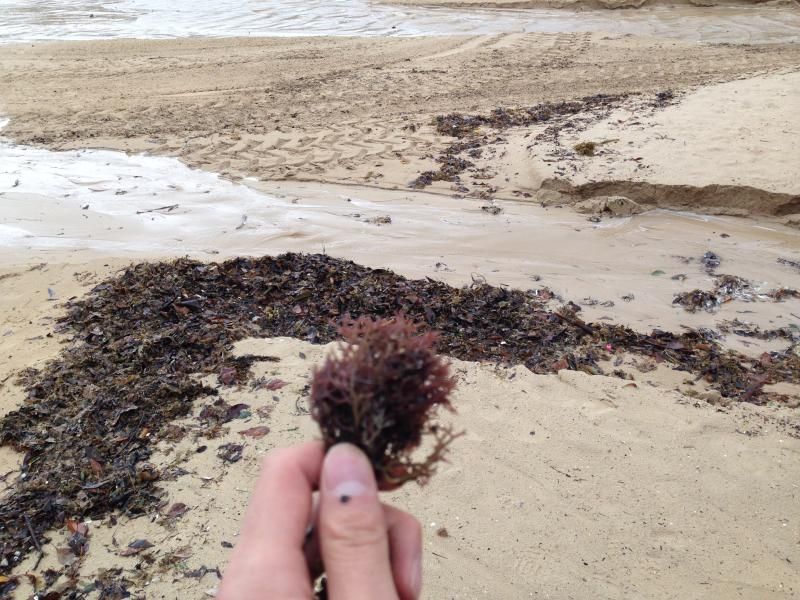
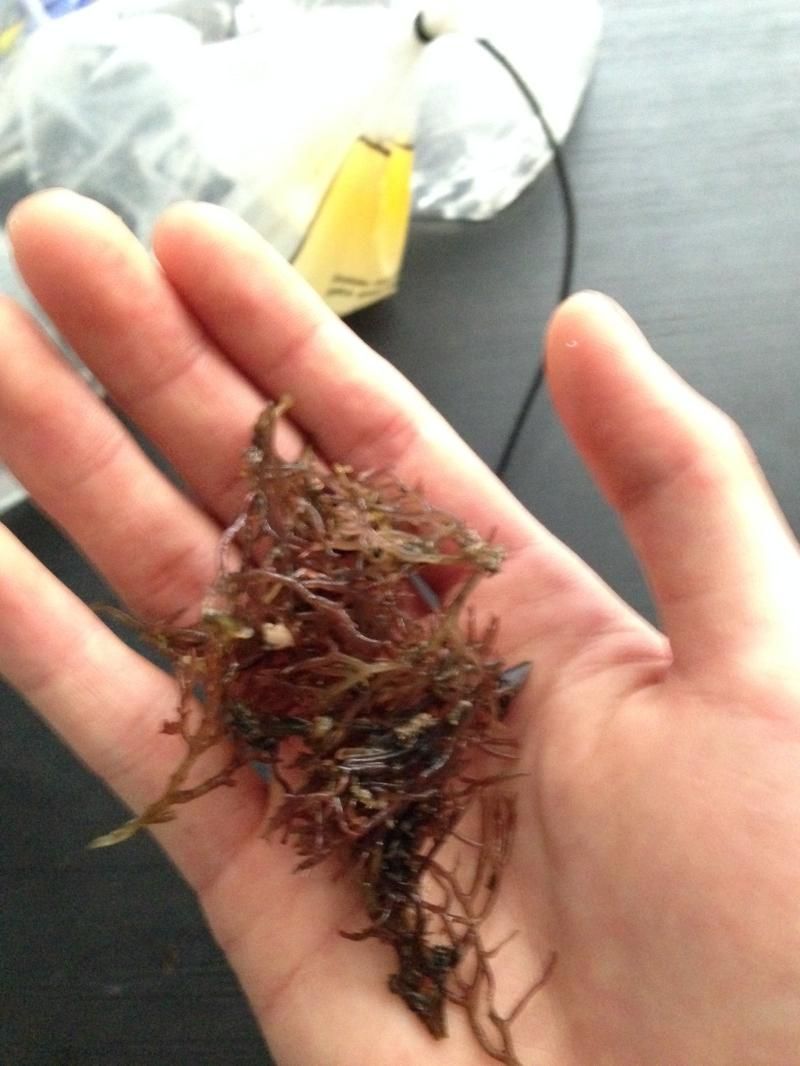

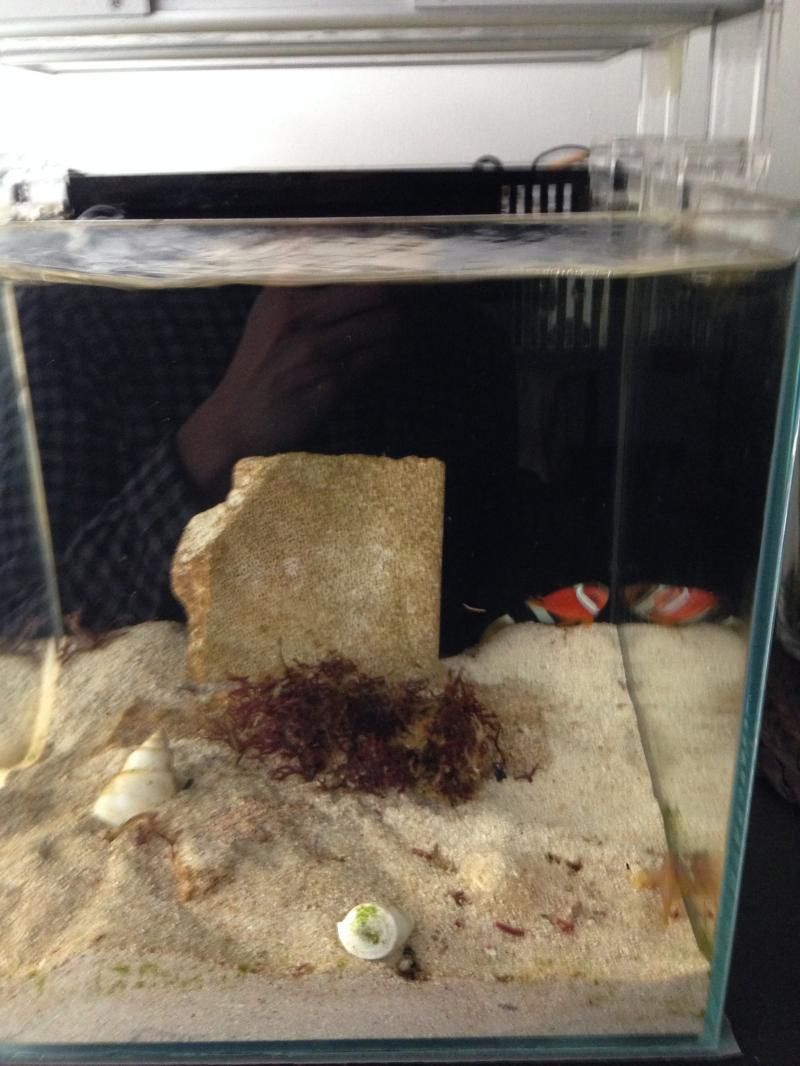

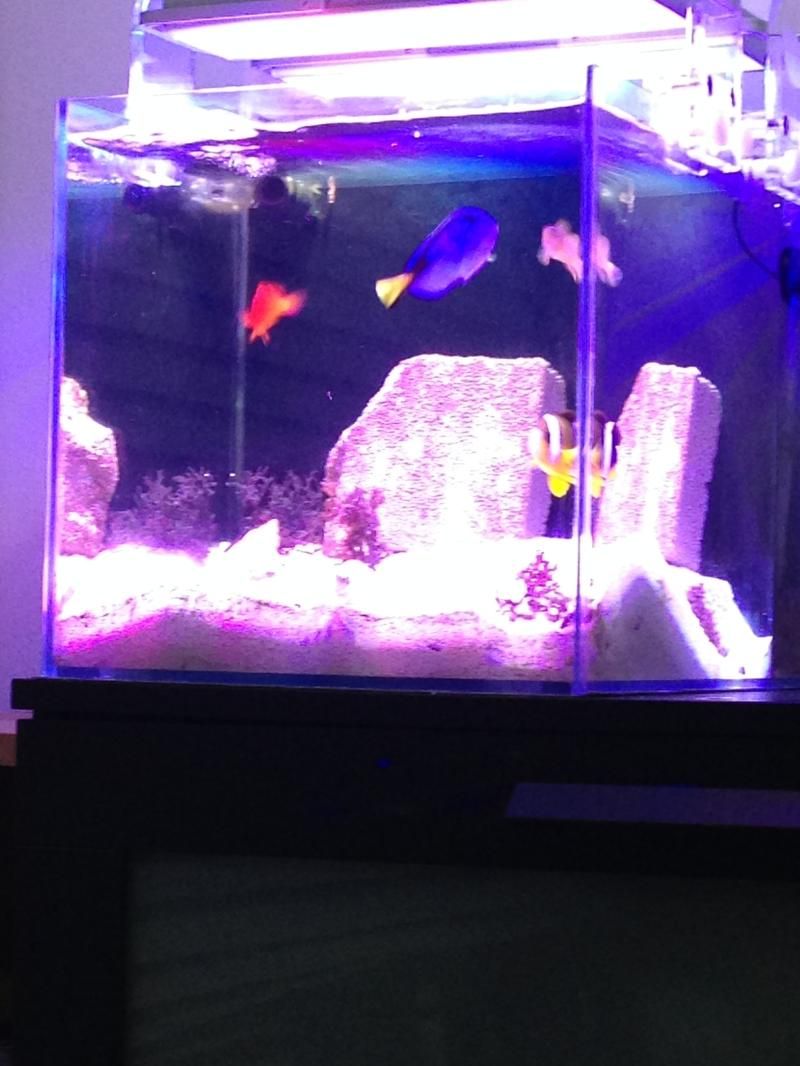
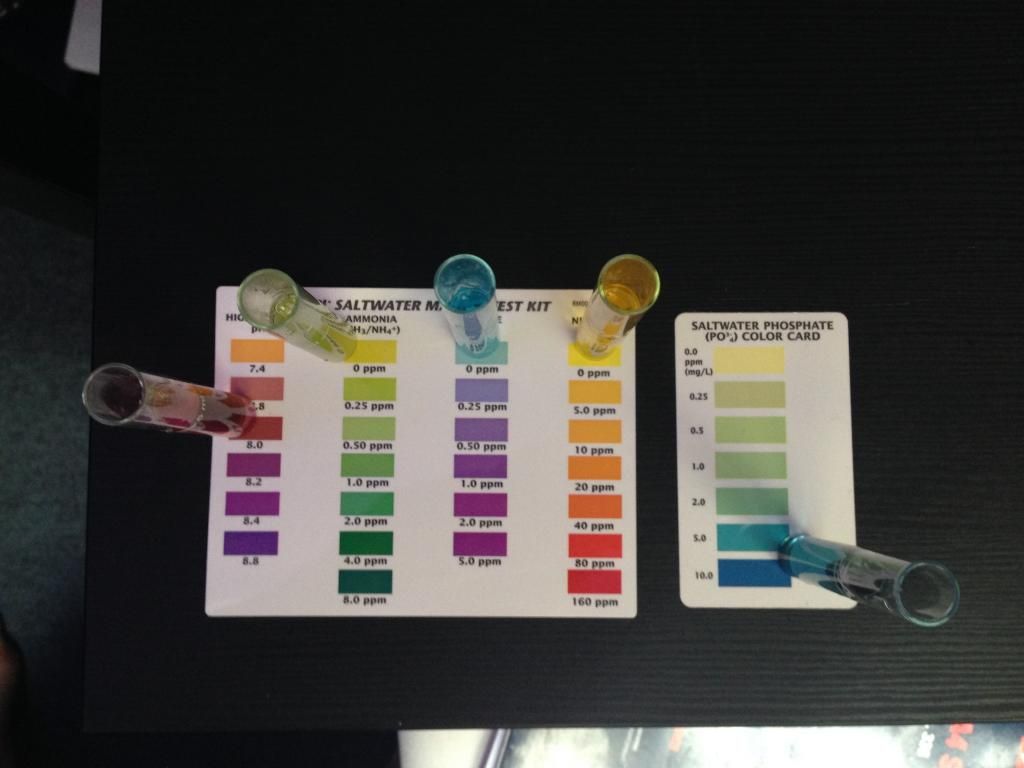


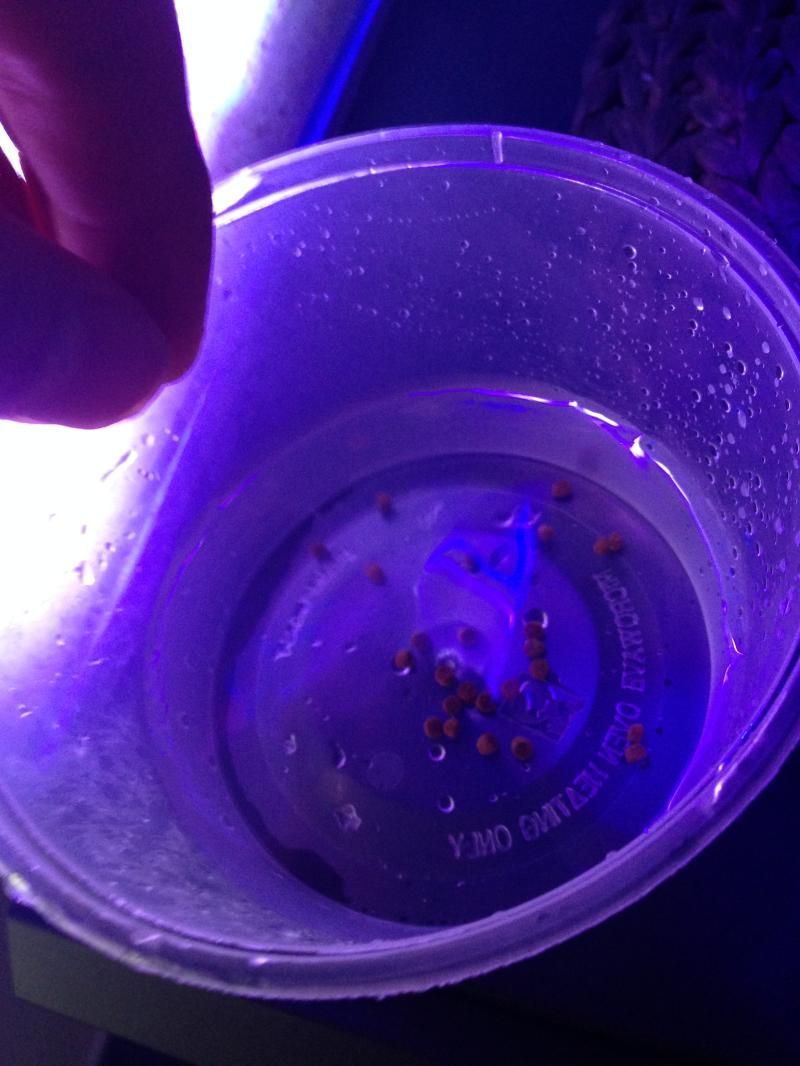

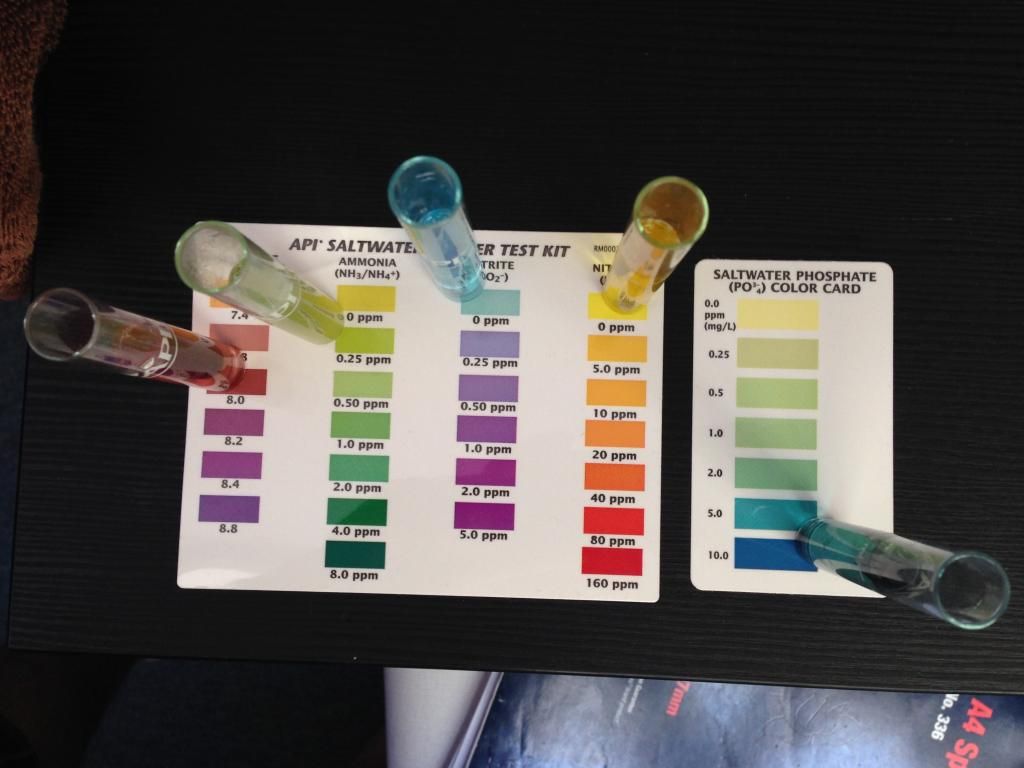

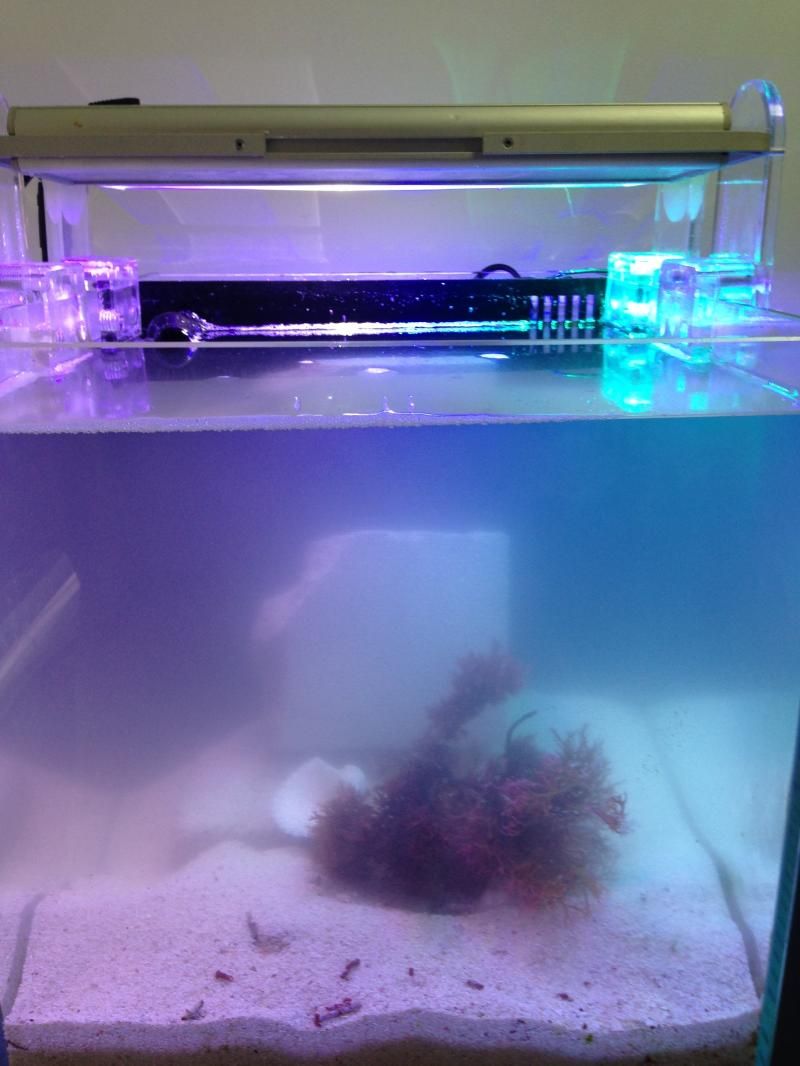
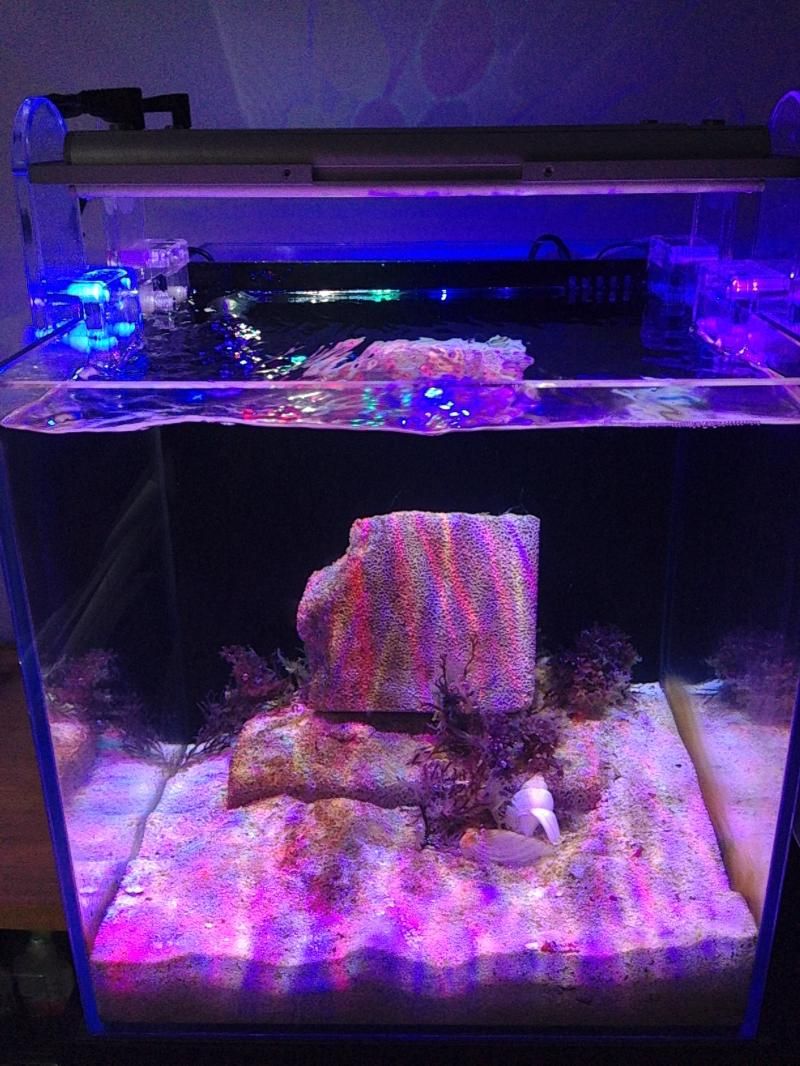
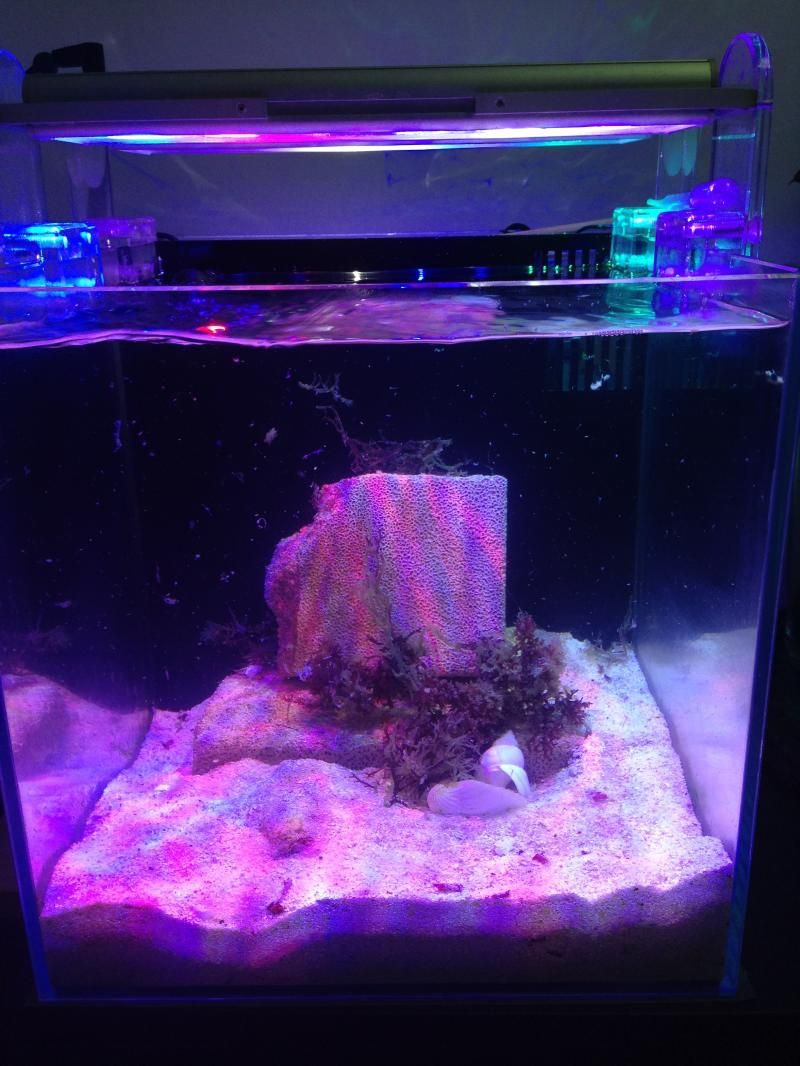

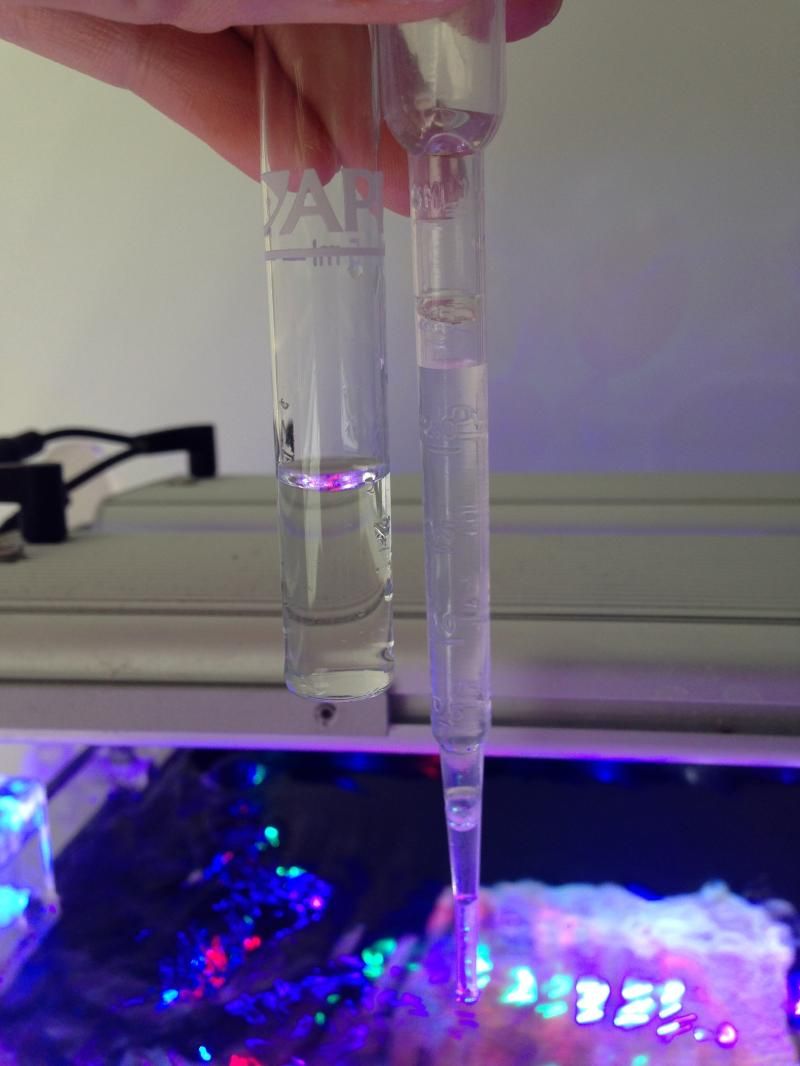
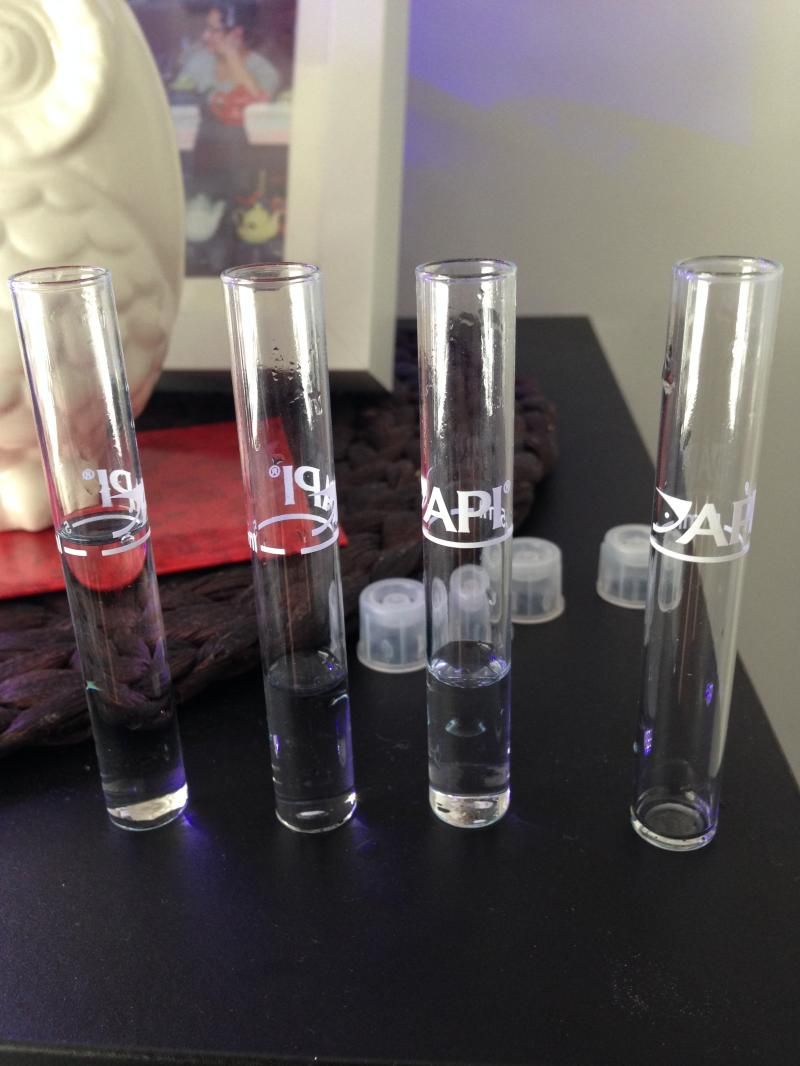
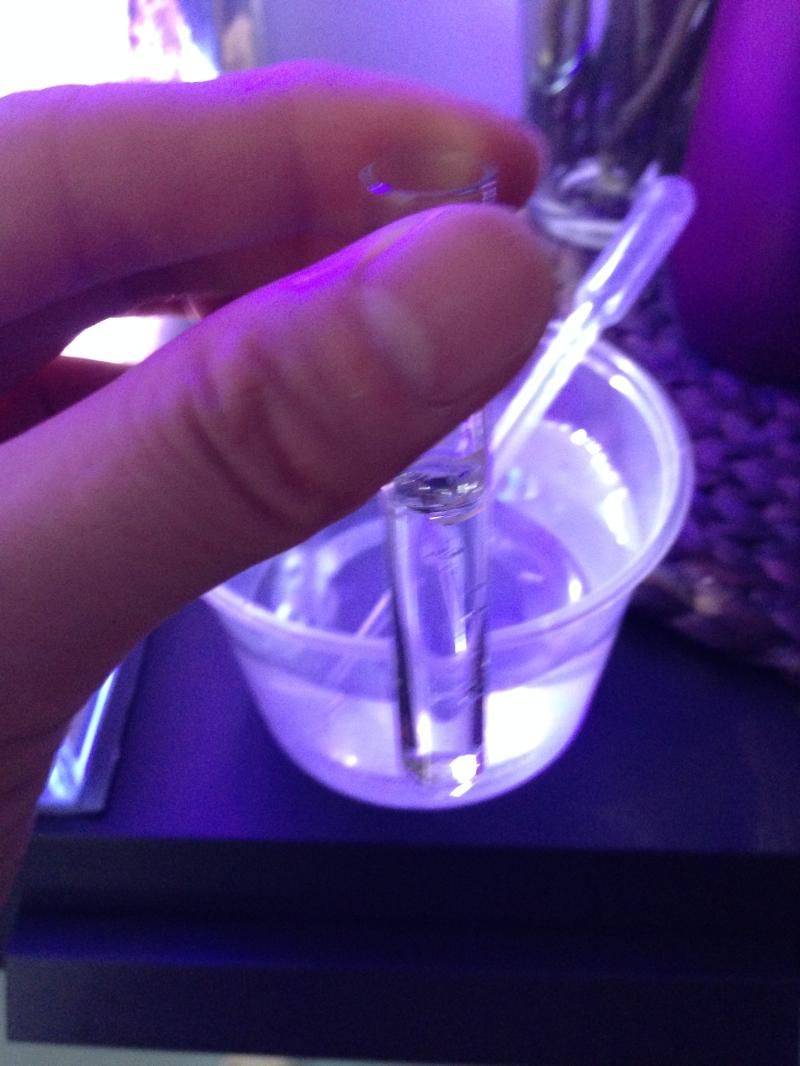
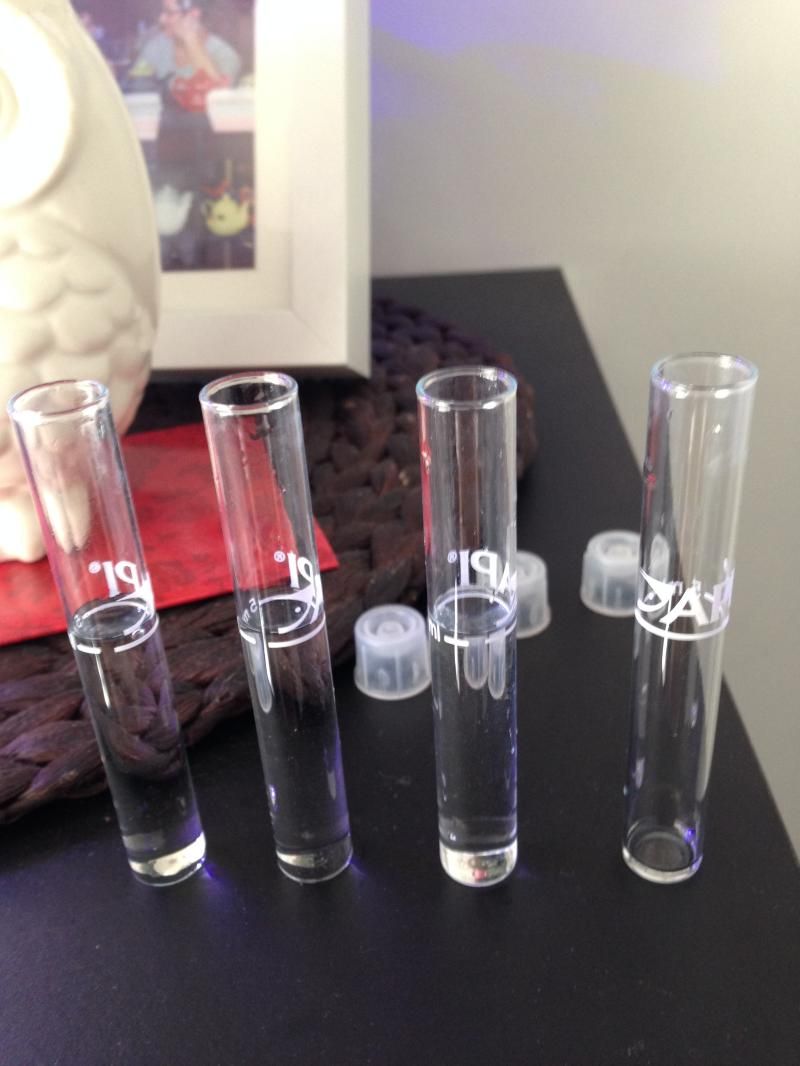
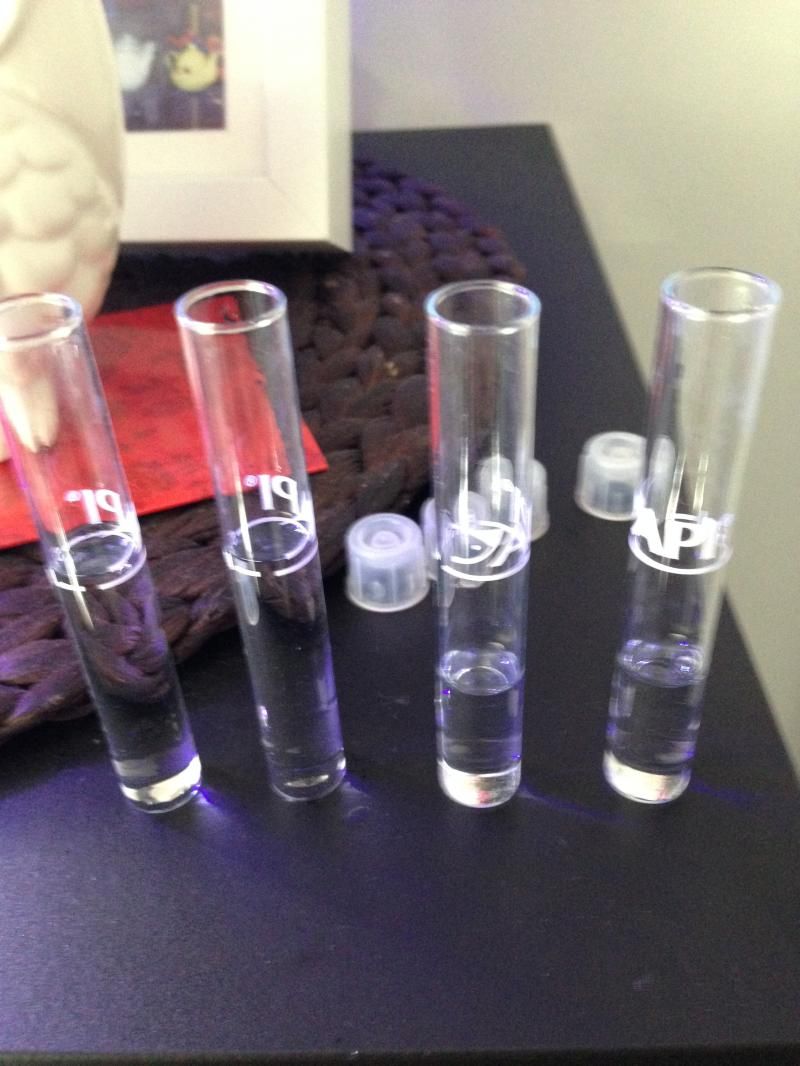
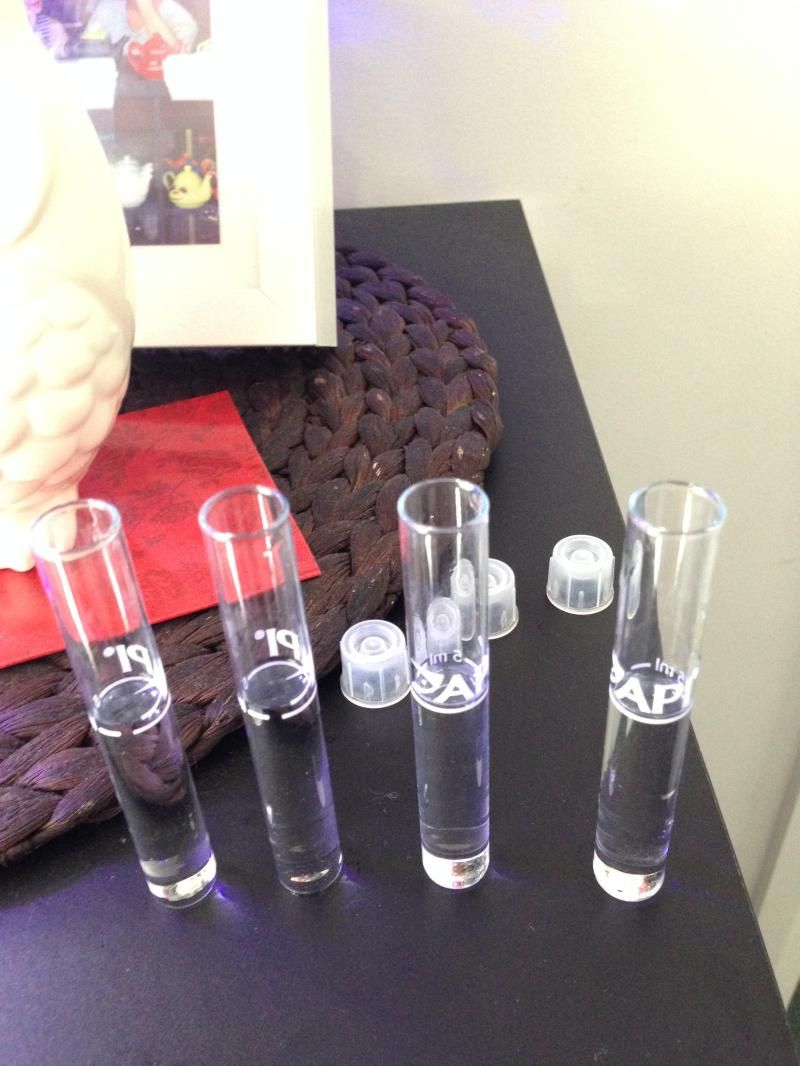
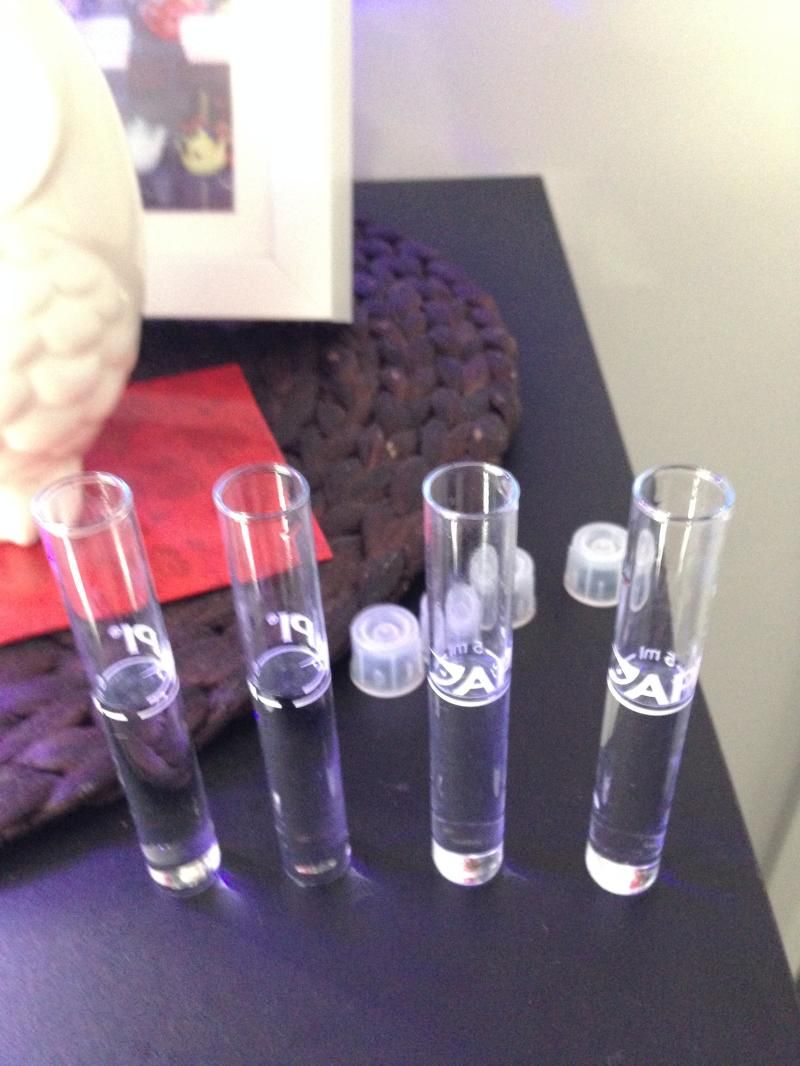

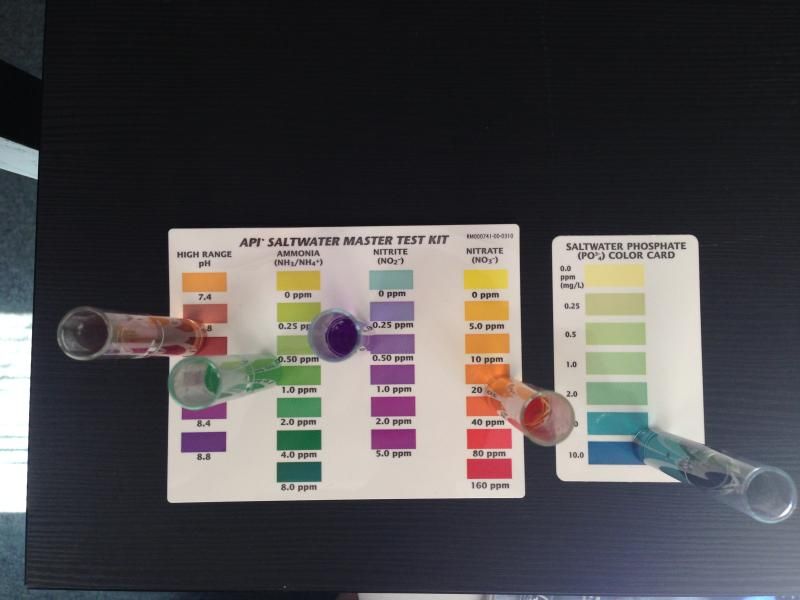
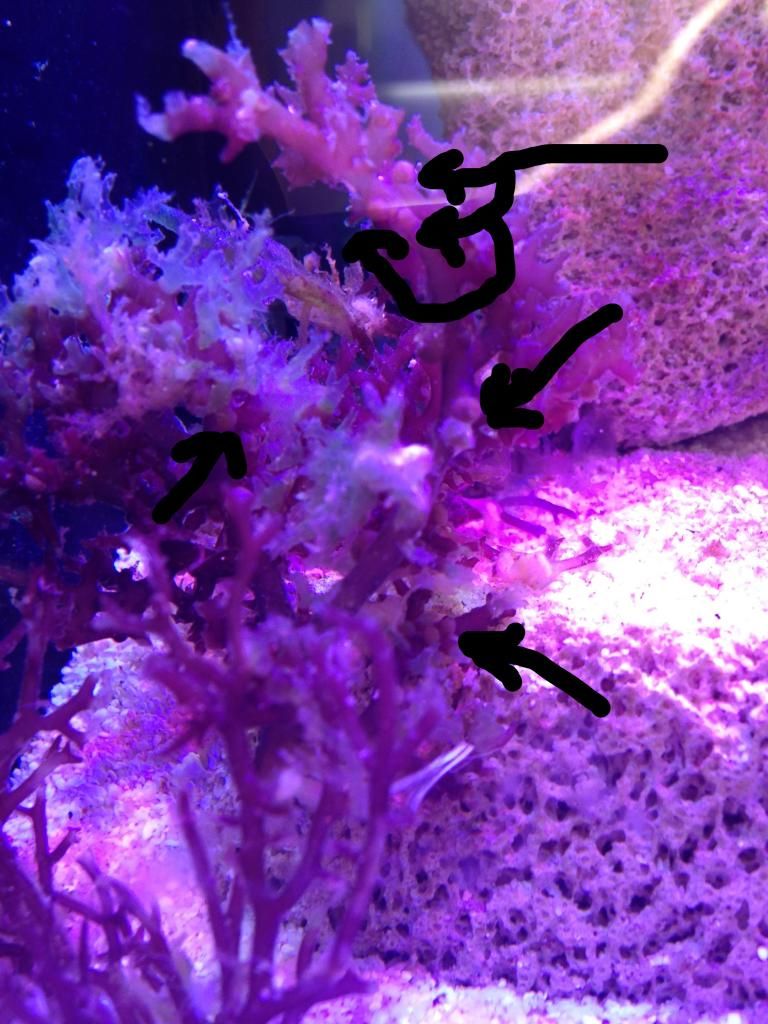
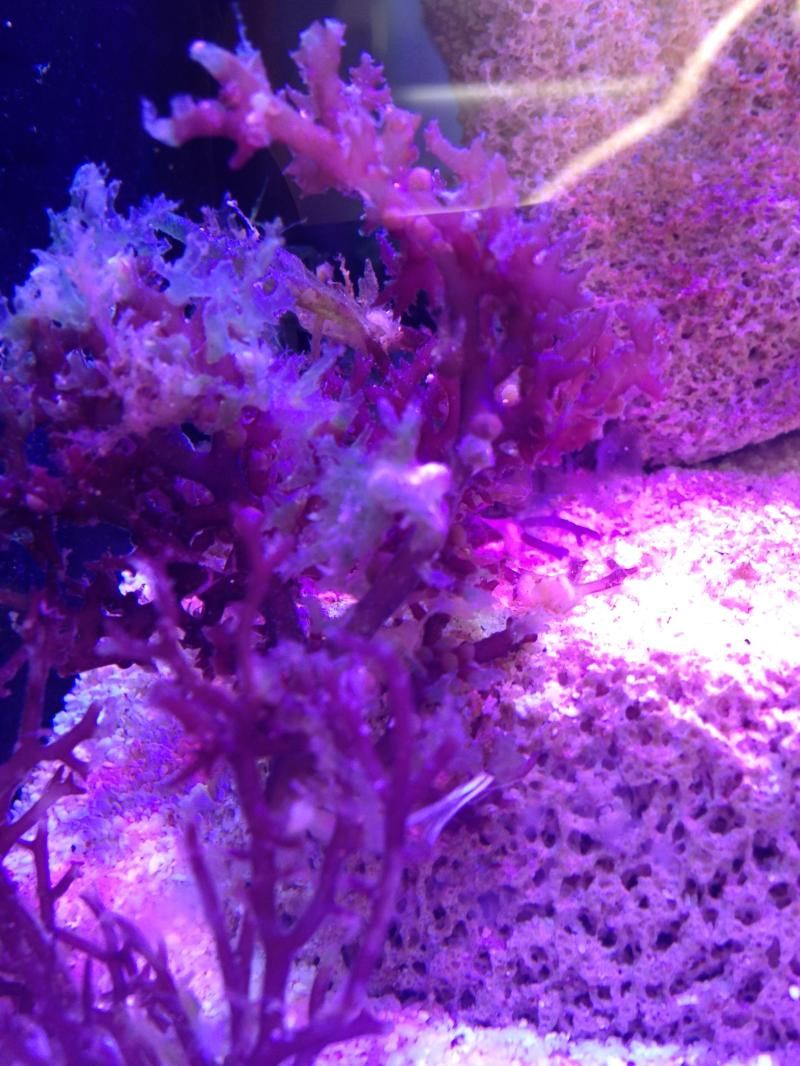


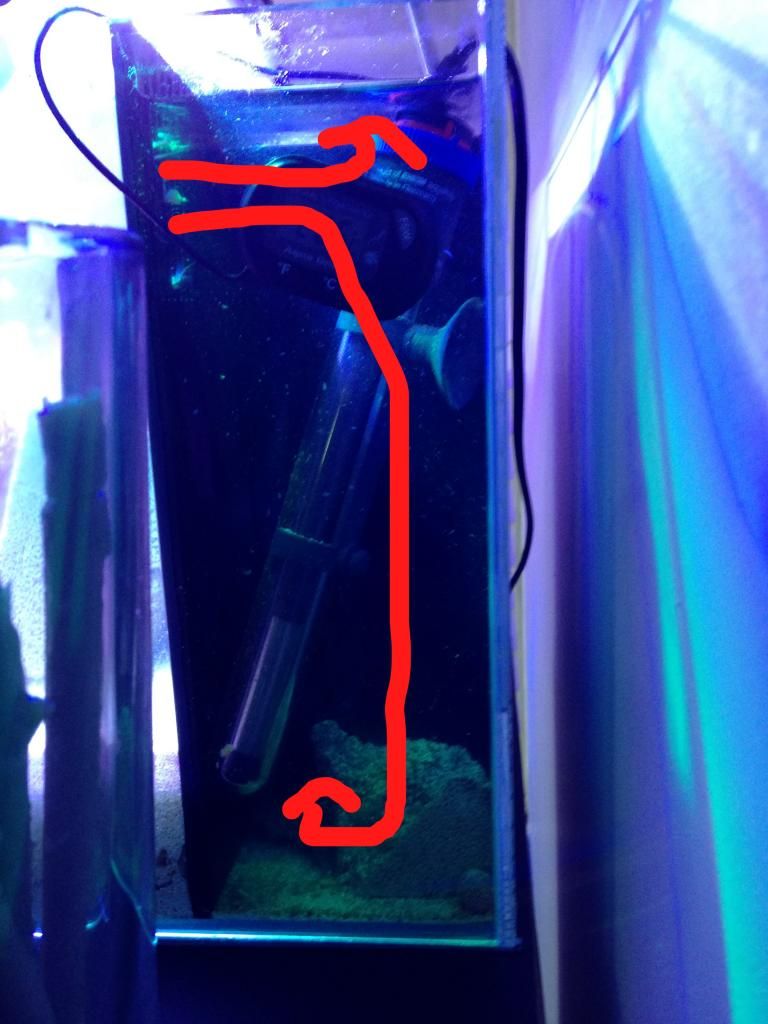
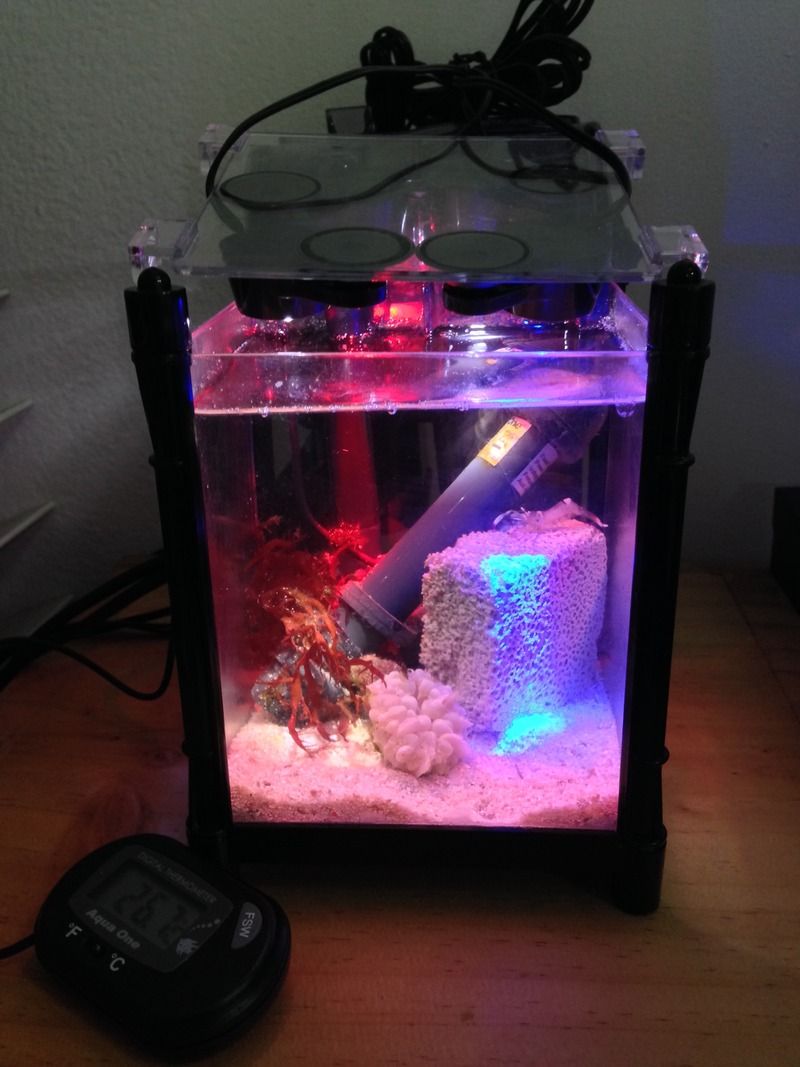
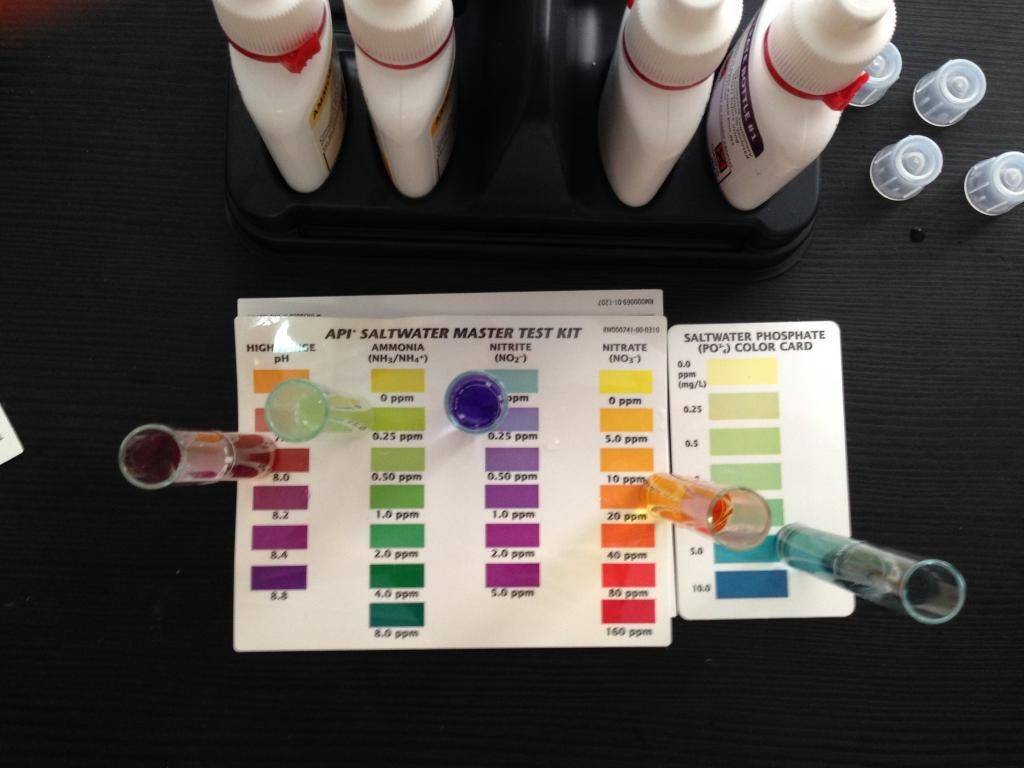

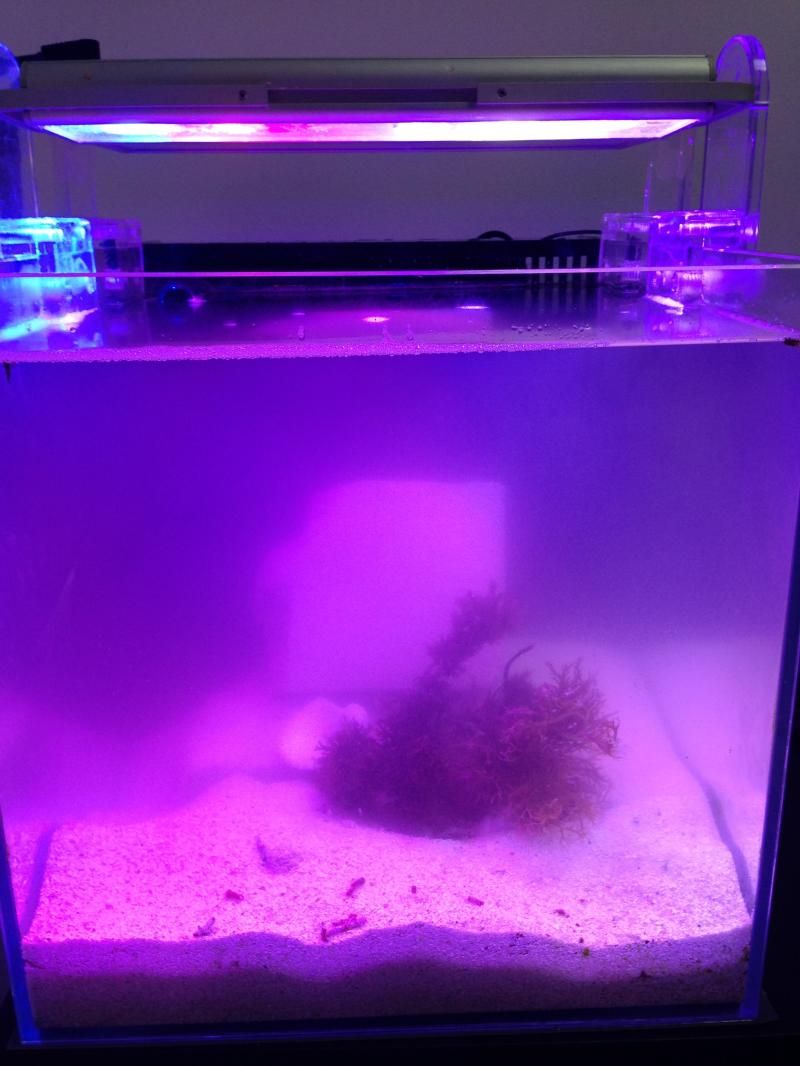
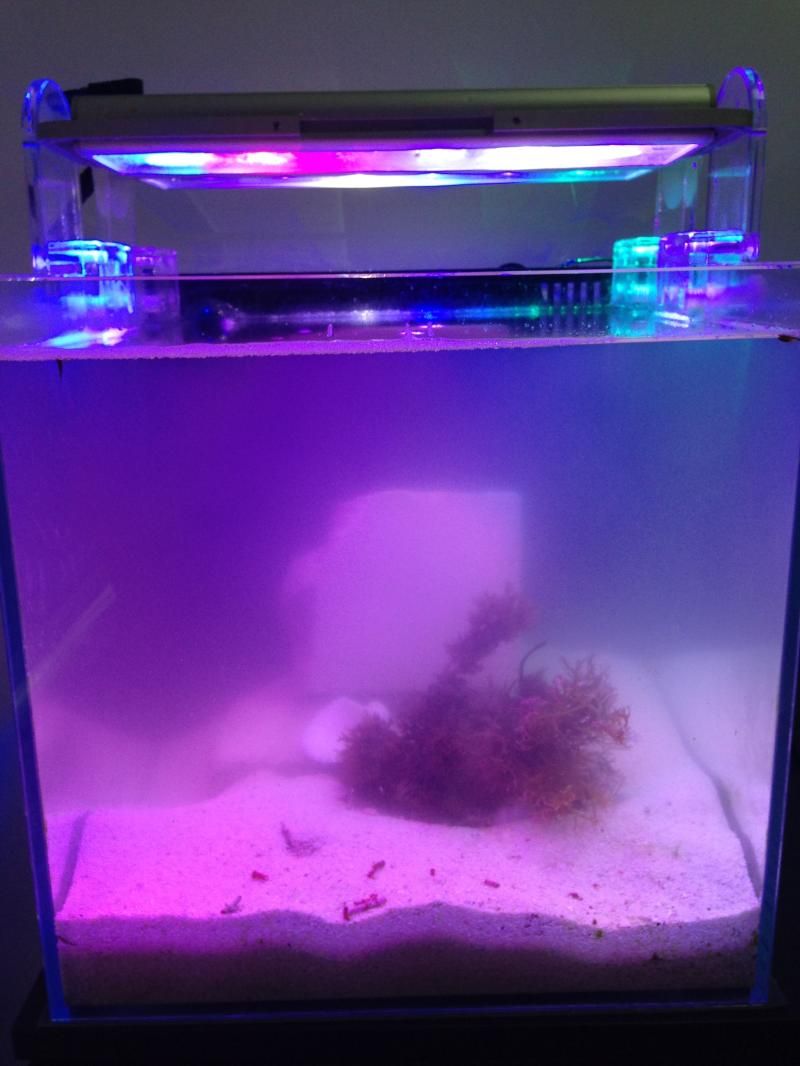
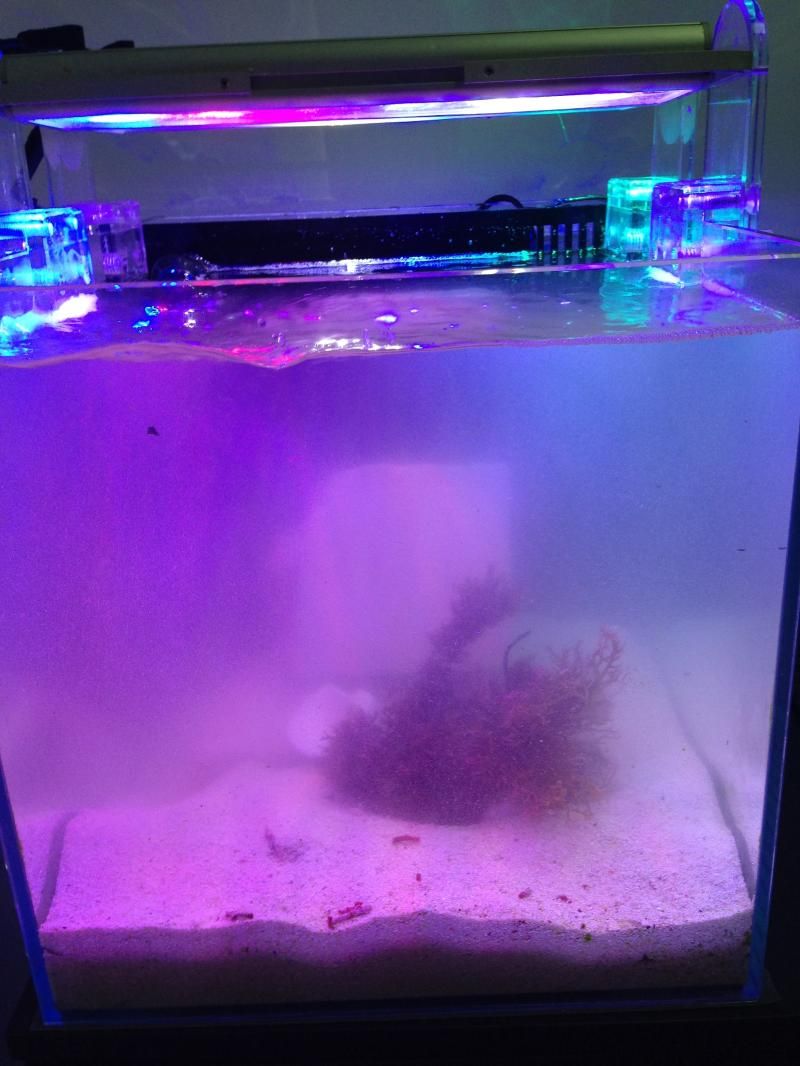
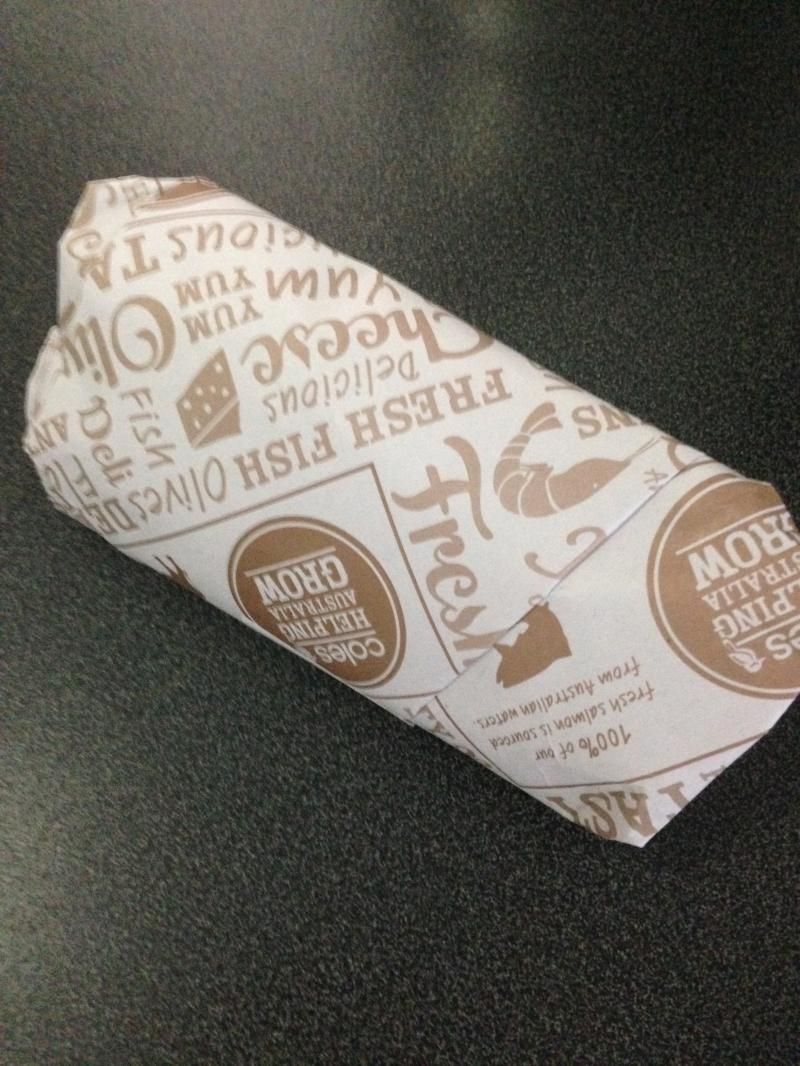
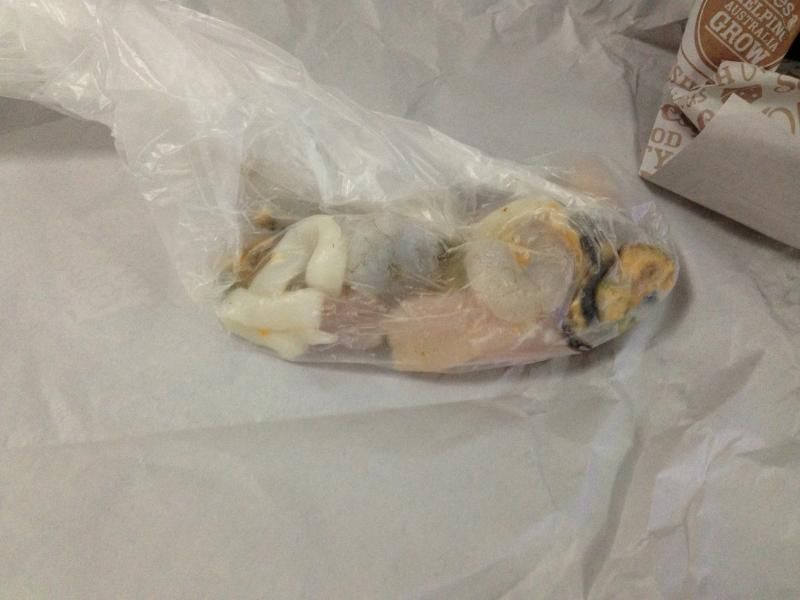
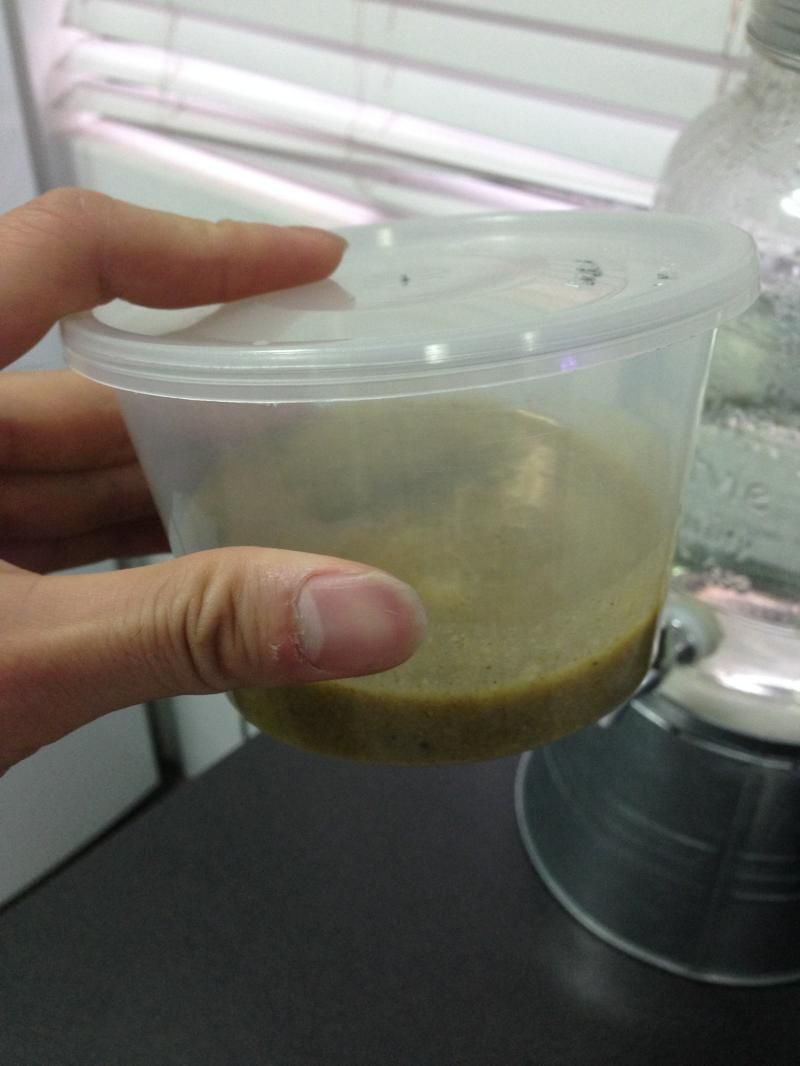
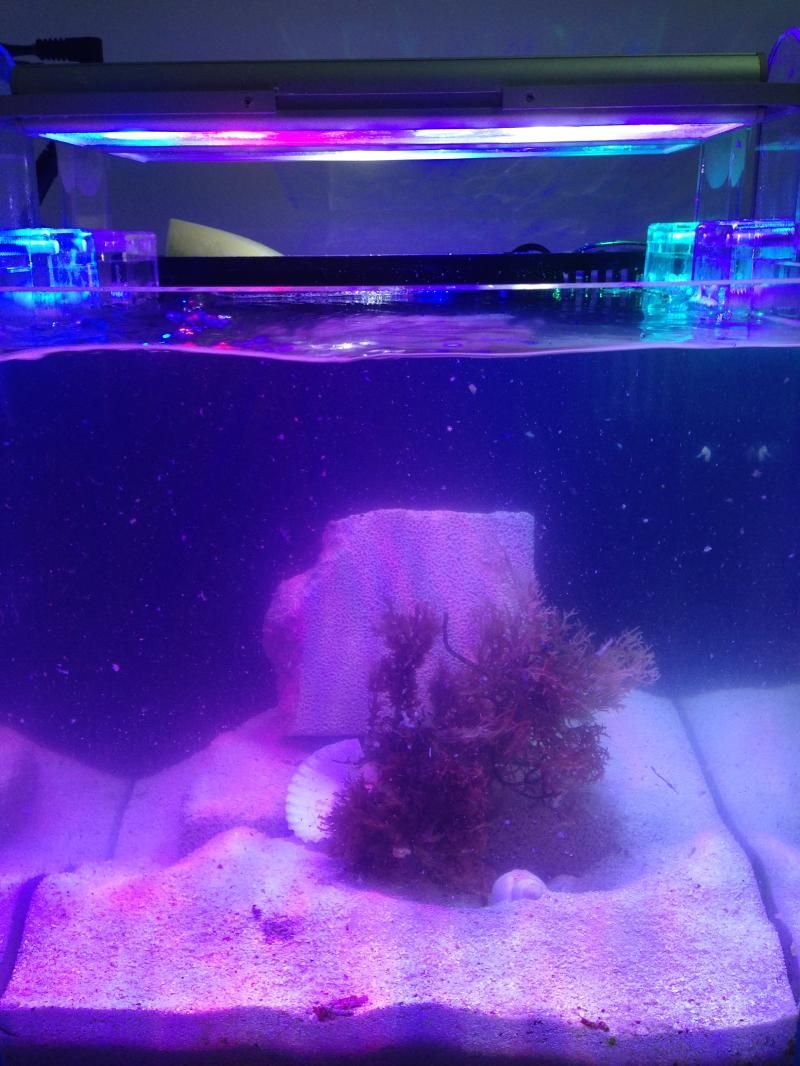
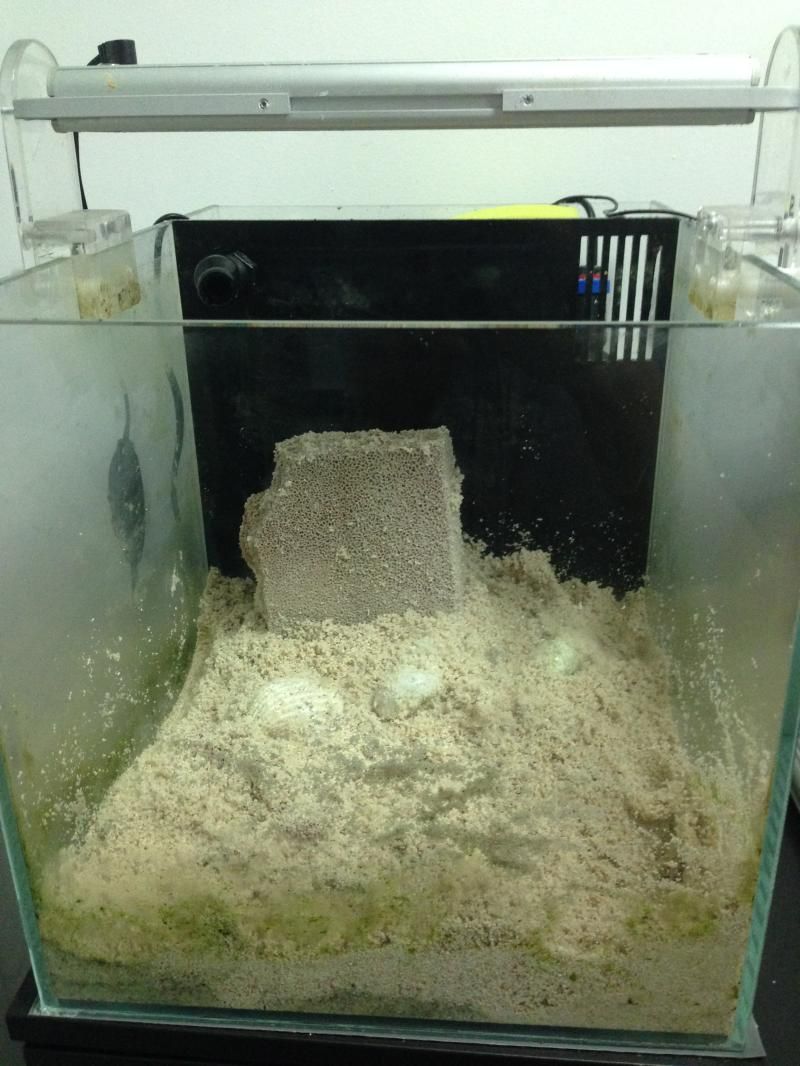
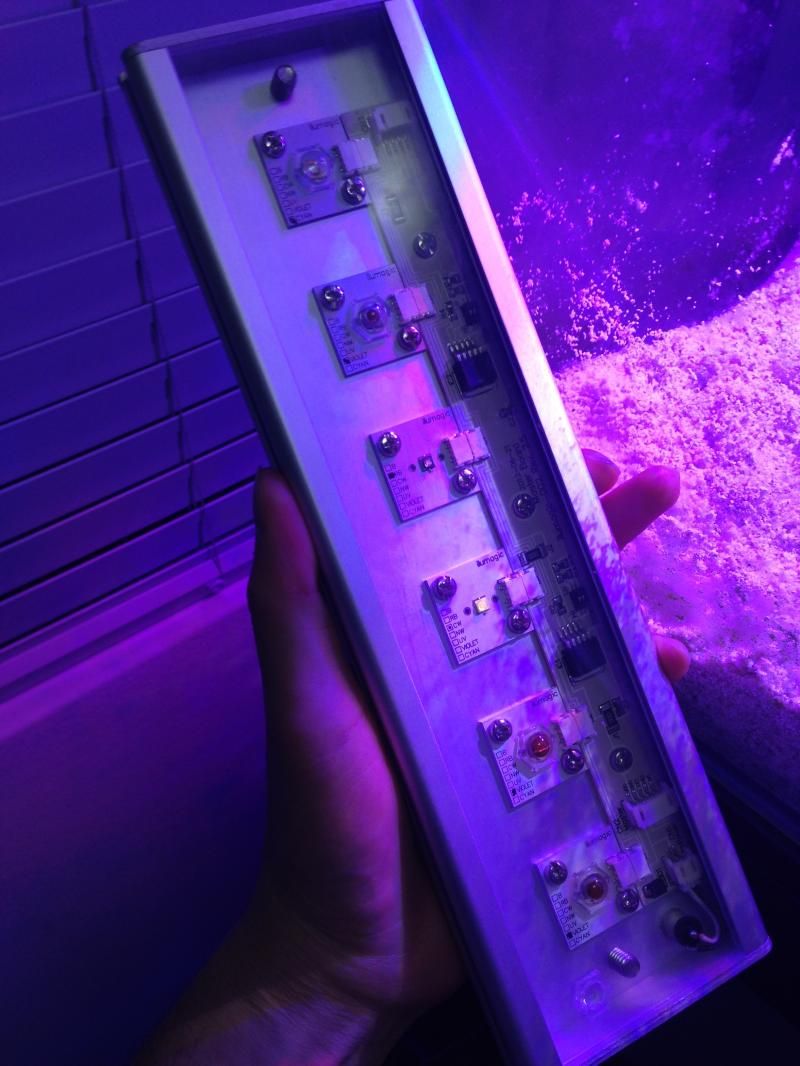
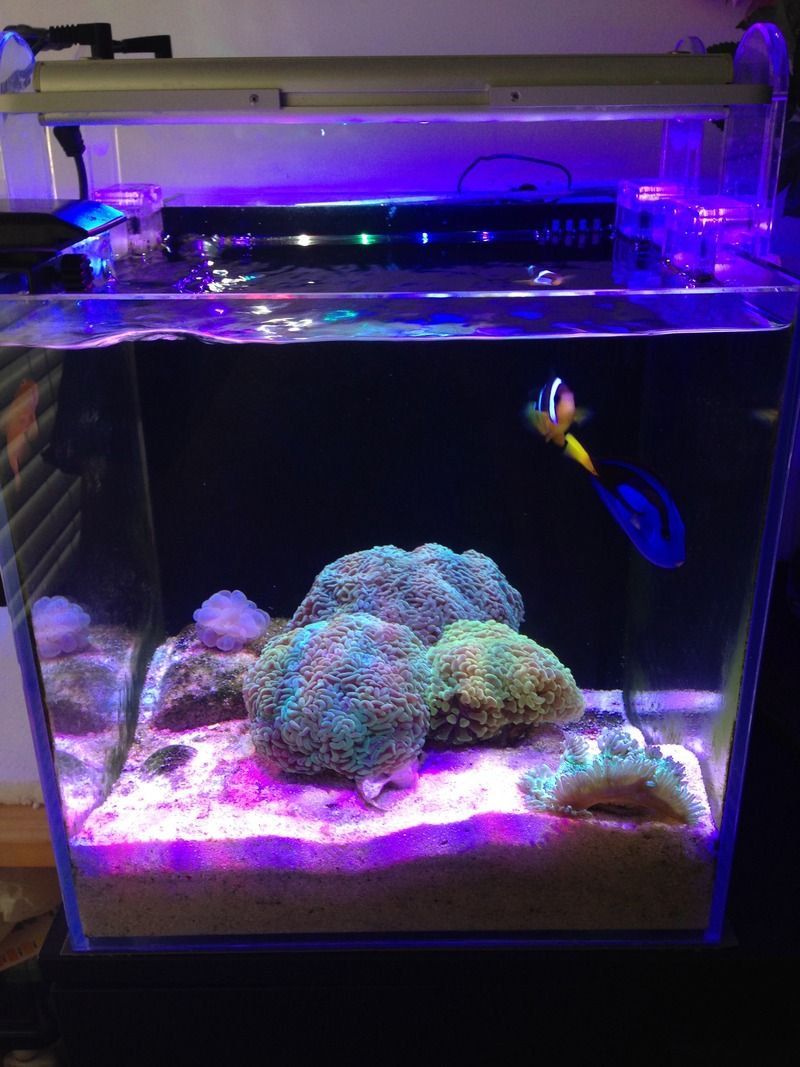
.jpg)